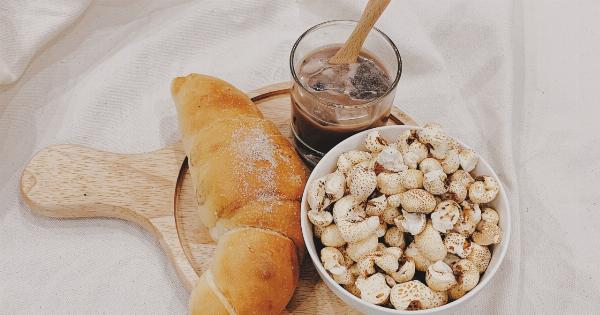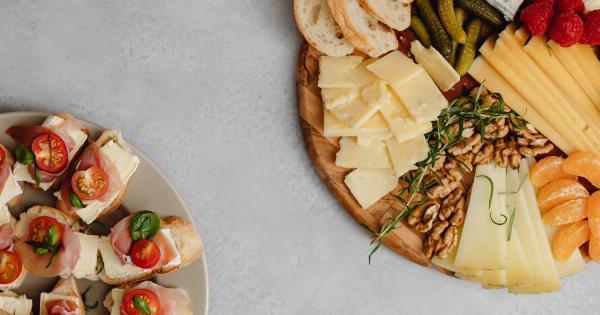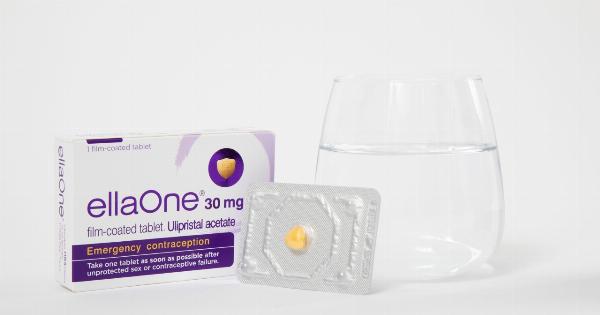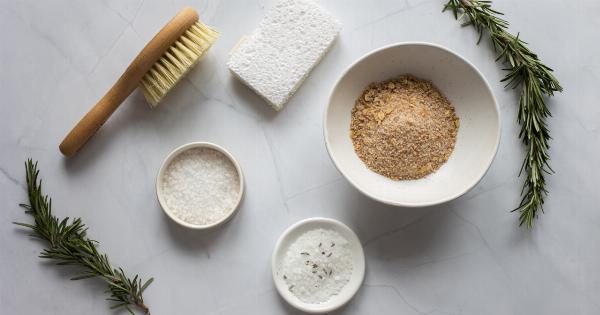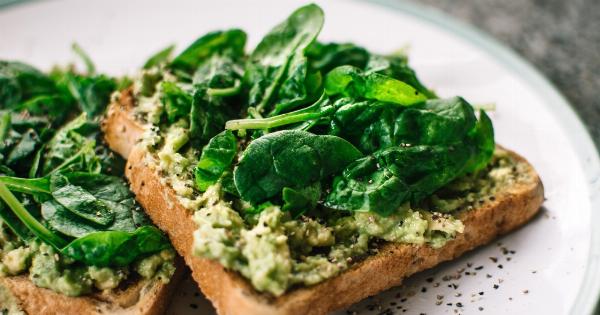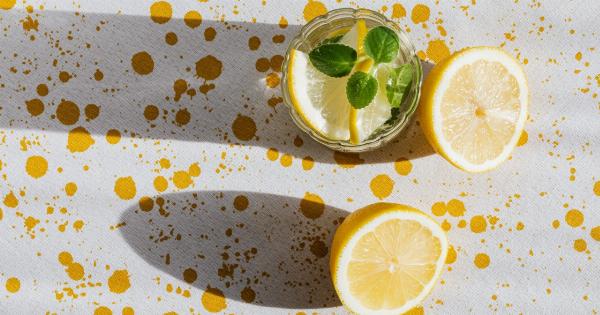For many people, baking is not just a hobby but a therapeutic activity that brings joy and comfort. The aroma of freshly baked cookies, cakes, and bread fills the kitchen, creating a warm and inviting atmosphere.
However, while baking can be a delightful experience, there is a dark side to it that often goes unnoticed – the risks of overflow and the negative impact on cholesterol levels.
1. The Temptation of Overflow
Overflow is a common occurrence in baking, especially when working with recipes that rise during the cooking process. Cakes and bread can easily overflow from their pans, creating a mess in the oven and potentially causing a fire hazard.
This issue is particularly prevalent when using excessive amounts of leavening agents or not adjusting recipes for high-altitude baking.
2. The Dangers of Overflow
When batter or dough overflows from a baking pan, it can drip onto the bottom of the oven and start burning.
These burning food particles often release smoke and unpleasant odors, which not only affects the taste of the final product but can also set off smoke alarms and create a potentially hazardous environment.
In addition to the risk of starting a fire, overflow can result in damage to the oven itself. Pans with overflowed batter or dough can stick to the oven walls, causing a mess that is difficult to clean and potentially damaging the oven’s finish.
This damage can be irreversible, requiring costly repairs or even a full oven replacement.
3. Managing Overflow and Spillage
To avoid overflow and the associated risks, it is essential to follow baking recipes accurately, especially when it comes to ingredient measurements.
Use the recommended pan size and fill it no more than two-thirds full to allow enough space for the batter or dough to rise during the baking process. It’s also advisable to place a baking sheet or a piece of aluminum foil on the lower rack of the oven to catch any potential spills.
If overflow does occur, it’s important to act promptly. Remove the overflowed food from the oven carefully using oven mitts and a metal spatula, being cautious of the hot surfaces.
Allow the oven to cool before attempting to clean the spilled batter or dough to avoid burns or further damage.
4. Cholesterol: The Silent Culprit
While baking can be a delightful experience, the ingredients used in many baked goods can have a dark side – raising cholesterol levels.
Butter, eggs, and high-fat dairy products often feature significantly in baking recipes, making the final products delicious but potentially harmful to overall health.
Dietary cholesterol, found primarily in animal-based products like eggs and butter, can have a negative impact on blood cholesterol levels when consumed in excess.
High cholesterol levels are a significant risk factor for heart disease, stroke, and other cardiovascular problems.
5. Baking with Healthier Alternatives
Fortunately, there are ways to enjoy baking while minimizing the negative impact on cholesterol levels. By substituting ingredients, it is possible to create healthier versions of beloved baked goods.
Instead of using butter, which is high in saturated fat and cholesterol, opt for heart-healthy oils such as olive oil or coconut oil.
Applesauce or mashed bananas can also be used as replacements for butter in certain recipes, resulting in moist and delicious treats with reduced cholesterol content.
Similarly, eggs can be substituted with healthier alternatives such as flaxseed meal or silken tofu. These alternatives provide the necessary binding properties without adding cholesterol to the final product.
Additionally, using whole wheat flour instead of refined flour adds fiber and nutrients to baked goods, further supporting heart health.
6. Moderation is Key
While making healthier ingredient swaps is beneficial, it’s important to remember that moderation is key.
Even when using healthier alternatives, baked goods should be enjoyed in moderation to maintain a balanced diet and prevent excessive calorie intake.
Practicing portion control and sharing baked treats with family, friends, or colleagues can help prevent overindulgence. Additionally, exploring other cooking methods such as steaming or grilling can offer healthier alternatives to baking on occasion.
7. Taking Care of Your Health
Ensuring good health while enjoying the pleasures of baking requires a holistic approach. Regular exercise, a well-balanced diet, and routine check-ups with healthcare professionals are essential for managing cholesterol levels and overall well-being.
It’s important to remember that the dark side of baking is not limited to overflow and cholesterol risks.
Individuals with specific dietary restrictions, such as those following a gluten-free or vegan lifestyle, should pay additional attention to ingredient choices and baking practices to avoid unwanted health consequences.
8. Embracing the Joy of Baking Responsibly
Despite the potential risks associated with overflow and the impact on cholesterol levels, baking can still be a fulfilling and enjoyable experience.
By following recommended practices, making healthy ingredient choices, and embracing moderation, individuals can continue to indulge in their love for baking while caring for their well-being.
Remember, baking itself is not inherently bad; it is a question of balance and being mindful of the potential risks and consequences. So go ahead, preheat the oven, whip out your favorite recipes, and bake responsibly!.

